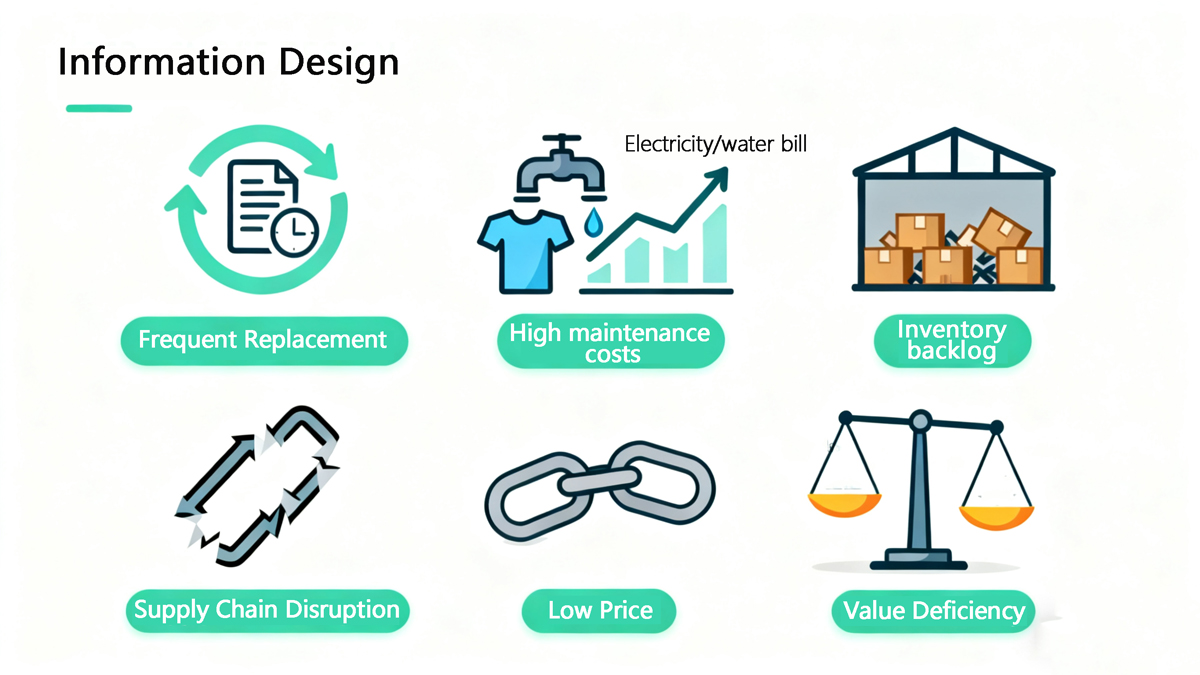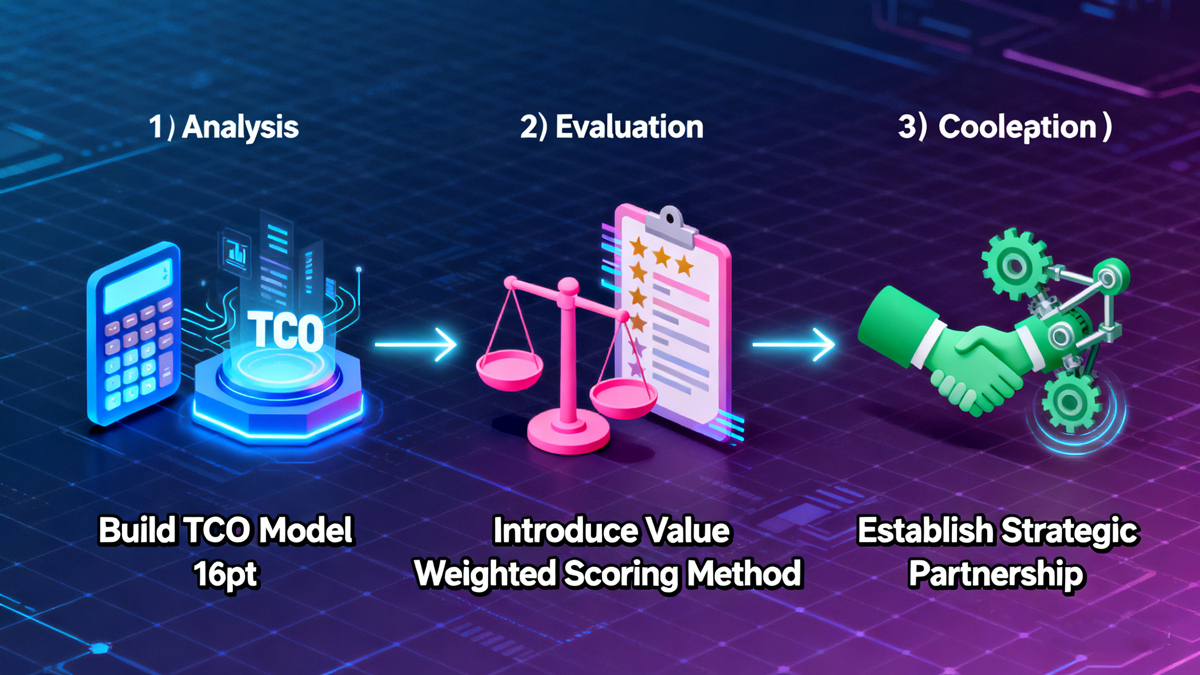Abstract
This article reveals the hidden costs beyond the initial bid in school uniform bidding for procurement professionals, and provides a strategic framework for transforming procurement from a "cost center" into a "value investment".
In traditional school uniform procurement, an overemphasis on the price per unit often leads to a cycle of "low price, low quality." Experienced procurement experts are shifting their evaluation focus from "purchase price" to "total life cycle cost," with five hidden cost traps proving particularly critical.
Root Cause: Poor-quality school uniforms often face student resistance to wearing them and frequent parental complaints, forcing schools to restart the procurement process annually.
Hidden Costs: These include the time cost of procurement personnel, the administrative costs of a new round of bidding, and the communication costs of handling complaints. According to statistics from the *Journal of Procurement*, the administrative costs of a complete bidding process account for approximately 3%-5% of the total contract amount.
Professional Advice: Add "quality guarantee deposit" and "expected service life" clauses to the bidding documents, requiring suppliers to commit to the durability of the school uniforms.
Root Cause: Using non-functional fabrics (such as ordinary polyester that wrinkles easily and dries slowly) for school uniforms increases household washing and ironing time and energy consumption.
Hidden Costs: A Harvard Business School study indicates that the lifetime maintenance cost of a garment accounts for approximately 70% of its total ownership cost. Choosing wrinkle-free, stain-resistant, and quick-drying fabrics can significantly reduce this cost.
Professional Advice: Require suppliers to provide fabric functionality testing reports issued by internationally recognized authorities (such as TESTEX and SGS), and incorporate maintenance costs into the evaluation system.
Root Cause: Unscientific sizing systems and limited pattern options lead to a mismatch between inventory structure and actual demand.
Hidden Costs: Logistics costs incurred from exchanges, inventory backlog costs for slow-moving sizes, and customization costs that cannot meet the needs of students with special needs.
Professional Advice: Prioritize suppliers like Golden Shield that provide "precise sizing systems" and "customization channels for students with special needs." A scientific sizing system can cover more than 95% of student body types, fundamentally reducing inventory pressure.
Root Cause: Low transparency in the supplier's supply chain and weak risk resistance.
Hidden Costs: In the event of unforeseen circumstances (such as material shortages or insufficient production capacity), delivery delays can disrupt normal school operations, resulting in additional expenses for emergency procurement.
Professional advice: When evaluating suppliers, examine whether they possess flexible production lines and strategic reserves of raw materials. For example, Golden Shield has established complete supply chain control capabilities from spinning and weaving to garment manufacturing, ensuring delivery certainty.

Value Optimization Strategies: From Cost Thinking to Value Thinking

Translate professional insights into procurement value
At Golden Shield, we understand the challenges that procurement experts face. We are willing to open up our supply chain and provide a transparent cost structure and a full lifecycle-based value proposition to help you make more strategic decisions.
Golden Shield - Your Professional Strategic Sourcing Partner
WhatsApp: + 86 133 7788 3692
Email: [email protected]